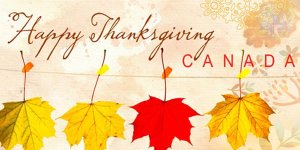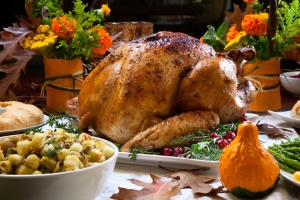
 Two journalists, CBS Sports‘ Grant Wahl, 48, who collapsed and died while working the Netherlands-Argentina match at the Lusail Iconic Stadium Friday, and Khalid al-Misslam, a photojournalist for local sports outlet Al Kass TV, who collapsed and died hours later on Saturday, the Doha-based Gulf Times reported, have died so far on the job covering the FIFA World Cup tournament in Qatar’s capital city of Doha. Khalid al-Misslam’s actual date of birth is not known. However, it’s believed he was in his 30s.
Two journalists, CBS Sports‘ Grant Wahl, 48, who collapsed and died while working the Netherlands-Argentina match at the Lusail Iconic Stadium Friday, and Khalid al-Misslam, a photojournalist for local sports outlet Al Kass TV, who collapsed and died hours later on Saturday, the Doha-based Gulf Times reported, have died so far on the job covering the FIFA World Cup tournament in Qatar’s capital city of Doha. Khalid al-Misslam’s actual date of birth is not known. However, it’s believed he was in his 30s.
How they both died is still unclear but questions are being asked about Middle East Respiratory Syndrome (MERS-CoV), a 10-year-old coronavirus far more deadly than COVID-19. There are also various conspiracy theories afoot.
Eric Wahl announced his brother’s death on Instagram and made an emotional plea for help.
“I am gay. I am the reason he wore the rainbow shirt to the World Cup,” Eric Wahl said. “My brother was healthy. He told me he received death threats. I do not believe my brother just died. I believe he was killed, and I’m just begging for any help.”
As for me, in the absence of conclusive proof to the contrary, I counsel that “Occam’s razor,” or the law of parsimony should apply. Namely, a problem should be stated in its basic and simplest terms and the simplest theory that fits the facts is the one that should be selected when there’s two or more competing theories and that an explanation for unknown phenomena should first be attempted in terms of what is already known.
Which means, while I approach conspiracy theories with an abundance of caution, I don’t automatically rule them in or out. Same for coronaviruses.
Middle East Respiratory Syndrome (MERS-CoV), was first reported in Saudi Arabia, but later retrospectively identified and traced to the first known index case of MERS-CoV having occurred on the Arabian Peninsula in Jordan in April 2012; most people infected developed severe respiratory illness, including fever, cough, and shortness of breath. About three or four of every 10 patients reported with MERS-CoV died, a 30 to 40 per cent mortality rate.
In total, 27 countries have reported cases since 2012, leading to 858 known deaths due to the infection and related complications, the World Health Organization (WHO) says.
The origins of the virus are not fully understood but according to the analysis of different virus genomes it is believed that it may have originated in bats and later transmitted to camels at some point in the distant past, the WHO says.
Human-to-human transmission is possible, but only a few such transmissions have been found among family members living in the same household. In health care settings, however, human-to-human transmission appears to be more frequent.
Human coronaviruses were first isolated in the mid-1960s from volunteers at the Medical Research Council Common Cold Unit, a former military hospital at Harnham Down, near Salisbury in Wiltshire, England. The family Coronaviridae is a group of RNA-containing viruses that are associated with respiratory infections in humans and animals, including pigs, cats, dogs, mice and chickens. The group was so named because of the crown-like projections on its surfaces. Coronaviruses are enveloped viruses with a positive-sense RNA genome and with a nucleocapsid of helical symmetry.
The first description of human coronavirus – a family of viruses that now includes SARS-CoV-2, the cause of the current COVID-19 pandemic – was published in The BMJ in 1965.
The research, led by virologist David Tyrrell at the Common Cold Unit, involved studying nasal washings from volunteers. The researchers found that they could grow several viruses associated with the common cold, but not all of them. One such sample, referred to as B814, turned out to be what we now know as a coronavirus.
Using the original B814 nasal swab from a “boy with a typical common cold in 1960,” the team obtained more secretions from volunteers who “developed colds after intranasal inoculation of the original specimen.”
The researchers wrote, “In over 20 experiments washings were tested by inoculation into a variety of test systems for known viruses. These should have revealed the presence of influenza A, B, or C, pars-influenza 1, 2, 3, or 4, respiratory syncytial viruses, herpes simplex virus, and adenoviruses, cytopathic enteroviruses and rhinoviruses, or mycoplasma, Mycoplasmapneumoniae. None was found.”
You can also follow me on Twitter at: https://twitter.com/jwbarker22

